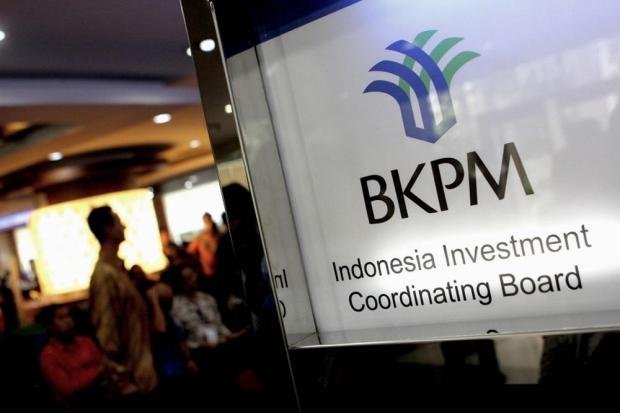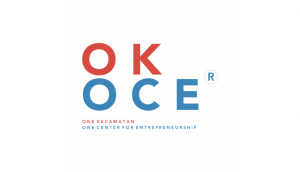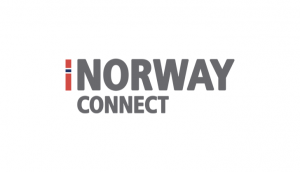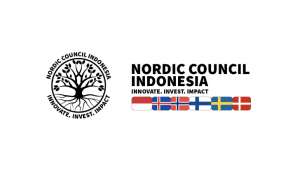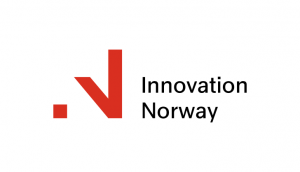
I’m not a betting man these days. Lady Luck and me decided to go our separate ways. We agreed it would be safer that way. I get to keep my shirts and she’s free to have as many partners as she can handle, often seducing the unsuspecting with outlandish quick-fix ideas thinly disguised as qualified opinions and half-real facts. Good luck with Lady Luck!
But that being said, I would bet the family farm that if you’re reading this then you’ve heard of something called CX (the customer experience) and how it’s transforming the way business is done in every company no matter what niche the business is in.
The numbers are really convincing. In a recent article posted by entrepreneur.com 83% of businesses who call themselves successful actively measure customer satisfaction; the Harvard Business School found that a 5% increase in customer retention leads to more than a 25% increase in profits; an Econsultancy survey found that 82% of companies agree that retention is cheaper than acquisition.
Satisfied customers tell 9 people how happy they are compared to dissatisfied customers who spread malicious rumours (and home truths?) to 22 people. And so on.
It doesn’t feel like we’re studying rocket science here. It seems pretty obvious that good experiences grab customers while bad experiences push them away.
Easier said than done. I was recently trying to create a customer-centric culture with a former company and it was no walk in the park. Breaking old habits and trying to make people see that a paradigm shift is taking place was met with rolling eyes and appointments to go to. But as a concept doing unto others as you’d have them do unto you is as basic as it gets. We’ve all heard of it, we all know what it means and I’m sure we’d all agree it’s the way to go.
So what’s the problem? What’s so hard for people to understand? Are they afraid of what might happen if they started to really care? What’s good for you is good for me. It makes sense (to me at least.) So, what we do, what we say, even what we think has an effect on everyone and everything else.
I’ll let you into a little secret. I’m very lucky to be living on a beautiful tropical island in the world’s largest archipelago of Indonesia called Bali. It’s an amazing place with an even more amazing culture. And it’s had a significant effect on how I see things. How could it not? The Balinese have their own calendar of 210 days a year, most of which are dedicated to ceremonies that in turn are focused on maintaining balance between the forces of good and evil. This isn’t Star Wars people, this is real, at least it is for Bali. And that concept of what’s real is important because we create it!
If you didn’t know, the little island of Bali closes down for New Year (which is in March, of course) for an entire day of silence: the airport is closed, there are no cars on the roads, no bikes revving through tiny streets, no lights in houses, no shops plying trade, no noise except birds and the occasional barking dog because nobody is allowed on the streets.
For me it’s the best 24-hours of the year and with no light pollution the sky at night is something magical to behold! Events like this are as a result of a unique spiritual perspective manifested in something called Hindu Dharma, which has, as one of its core beliefs, the notion of Tat Twam Asi.
Roughly translated this means I am You and You are Me. You see, for the Balinese it’s about balance and energy. And the most powerful energy in the universes is love, of course! I make no apology if that sounds a bit too hippy for you because it is … and it’s beautiful man!
What’s good for you is good for me. What we do, what we say, even what we think has an effect on everyone and everything else. And that in turn reciprocates and when enough people think this way, like in Bali, it becomes a manifestation of Gladwell’s Tipping Point.
But this is also essentially what CX is all about. It’s about that energy of love.
If we could get this simple idea across then the more complicated and technical aspects of rolling out appropriate supporting CX programmes would be more easily understood and more fruitful as a result. For me all of this means it has to be more than just words, more than a webpage, more than a 45-minute training session, more than a meeting. It has to be something we “be” all the time, something indistinguishable from ourselves because it is the very essence of who we are.
This is why CX resonates so strongly and is gaining such momentum. We are waking up to the fact that we are connected and we are one.
We should embrace it and spread the word. I for one am welcoming the movement with open arms and a big old smile. How about you? Are you ready to spread some love?
If you’d like to learn more about the customer experience and customer journey mapping, get in touch with us today through [email protected]

